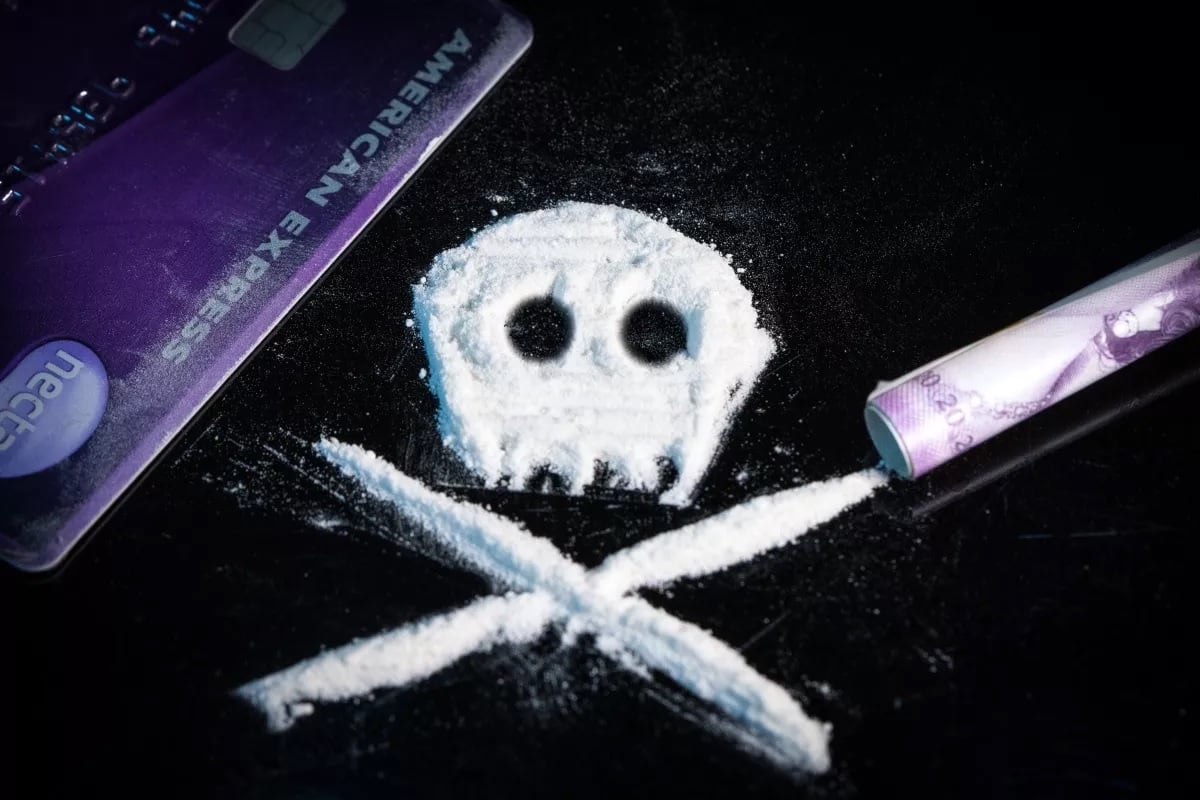Cocaine withdrawal refers to the symptoms that can be expected when quitting cocaine usage completely or tapering off use gradually.
Cocaine falls under the category of stimulants, a class of drugs that act on the central nervous system. They speed up the normal activities of the brain, effectively making people feel more energetic and alert. They also produce an overabundance of dopamine, the pleasure-inducing chemical in the brain. Because of its powerful energizing effects, cocaine withdrawal can be extremely difficult.
Read on as Avenues Recovery, leading experts in addiction rehabilitation, explain cocaine withdrawal and all that comes with it.
What Are Cocaine Withdrawal Symptoms?
Cocaine withdrawals occur when someone who has become dependent on the drug reduces their intake of it or quits taking it completely. Cocaine addiction develops when someone uses cocaine over an extended period and the substance becomes a necessity for them. Individuals at this stage of addiction feel that cocaine is essential to their everyday functioning and cannot imagine their life without it. The Diagnostic and Statistical Manual of Mental Disorders sets out the following four criteria for cocaine withdrawal. An individual must meet all four criteria for them to be considered as experiencing withdrawal.
- Cessation of (or reduction in) cocaine use that has been heavy and prolonged.
- Dysphoric mood and two (or more) of the following physiological changes, developing within a few hours to several days after Criteria A:
(1) fatigue
(2) vivid, unpleasant dreams
(3) insomnia or hypersomnia
(4) increased appetite
(5) psychomotor retardation or agitation
- Symptoms in Criteria B cause clinically significant distress or impairment in social, occupational, or other important areas of functioning.
- The symptoms are not due to a general medical condition and are not better accounted for by another medical disorder.
Factors Affecting Cocaine Withdrawal Symptoms
Of course, the extent to which a person experiences withdrawal effects and the intensity of the effects will depend on many factors. Here are a few:
- How long a person has been using cocaine
- The route of administration - methods include swallowing, injecting, inhaling, smoking, or snorting. Some routes of administration will produce a quicker and more prolonged high than others. and
- Type of cocaine ingested - crack cocaine use is associated with a relatively faster onset of cocaine withdrawal symptoms. The frequency with which the drug was taken
- The amount of cocaine used each time
- Whether other substances were taken alongside the cocaine.
When a person undergoes a cocaine withdrawal treatment program, the first stage is evaluation. This means that the healthcare professional will perform a thorough assessment of a patient’s current state of health to ascertain the nature of their addiction as well as the withdrawal symptoms that they may be more likely or less likely to face.
How Does Cocaine Detox Work?
Since cocaine withdrawal is relatively mild, can be resolved quickly, and is not life-threatening, detoxification is not critical from a medical perspective. Pharmacological treatments that address craving and euphoria will therefore have a more important role than those that reverse the brief and often transient cocaine comedown.
Thus, tapering, which consists of weaning a person off a drug slowly in gradually decreasing doses, may not be necessary in the case of cocaine withdrawal. This is because the extreme low point that the patient will experience (the “crash”) is relatively short-lived compared to that involved in the withdrawal from other drugs, and does not usually involve severe physical symptoms or present immediate medical dangers to a patient.
What Is the Cocaine Withdrawal Timeline?
The withdrawal phase begins when the cocaine leaves a person's system. The real cocaine crash is exhaustion lasting from several hours following ingestion to 4 days, and is associated with intense depression, agitation, anxiety, hypersomnolence, hyperphagia, and craving for cocaine. Cocaine withdrawal lasts from 1 to 10 weeks, with an absence of craving in the early weeks and a reemergence of craving in the middle weeks.
Cocaine Withdrawal Treatment
Cocaine withdrawal treatment is more focused on addressing this longer withdrawal stage and the side effects that come along with it, rather than the initial crash.
Medical professionals monitor withdrawal progress to see whether everything is progressing as it should be or if there are any departures from the norm. They take any needed action to keep people safe and comfortable in the early stages of recovery.
There are currently no medications specifically approved for cocaine withdrawal or treatment, but certain medications may be used during medical cocaine detox to help people manage troublesome cocaine withdrawal symptoms, such as insomnia.
While the cocaine crash is transient, individuals mustn’t try to undergo drug detox treatment alone. Physical cocaine withdrawal symptoms can contribute to the perpetuation of drug addiction if the individual finds the mental and physical symptoms (especially those of depression and anxiety) too difficult to withstand.
There Is Help For Cocaine Withdrawal
Left untreated, cocaine addiction can have adverse effects on a person’s health and functioning, such as:
- Delirium
- Psychotic disorders
- Mood disorders
- Anxiety disorders
- Sexual dysfunction
Tragically, cocaine addiction can also result in fatality.
Knowing how to detox from cocaine and even how to quit cocaine entirely is a process, and you don’t have to do it alone.
At Avenues Recovery, we provide a range of both inpatient and outpatient settings for cocaine withdrawal. Our team of expert specialists will be there to monitor your physical and mental well-being and guide you through each step of the way; no one is expected to go it alone.
Don’t hesitate to contact Avenues Recovery today to discover what recovery options are available to you or your loved one, so you can enter the next phase of your life, a future free from the shackles of addiction.



